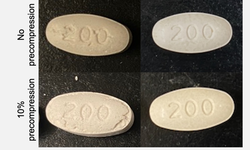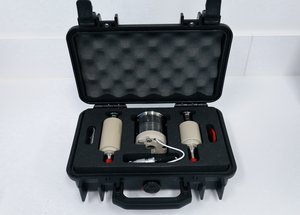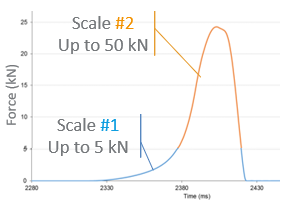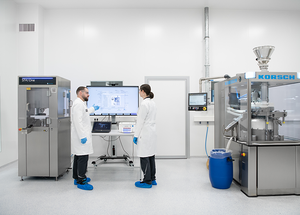Scientific papers
The occurrence of lamination is a prevalent issue in the pharmaceutical tablet manufacturing process, representing a failure of the tablet along one or more planes parallel to the surface and intersecting the tablet band. This work introduces a classification for various types of lamination. Type 1 involves multiple fractures induced by air entrapment, while Type 2 results from shear stresses as the tablet exits the die. Limited to convex tablets, Type 3 arises from tensile stress at the tablet center at the conclusion of unloading, subsequently propagating toward the band. Experimental studies were conducted on one case for each type to evaluate three commonly employed industrial solutions: press speed reduction, precompression application, and the use of a tapered die.
The results indicate that, in alignment with the proposed mechanisms, lamination of Type 1 can be alleviated by slowing down the press or employing precompression. For Type 2, only the tapered die solution effectively prevented lamination. None of the solutions completely resolved lamination of Type 3. However, the use of a tapered die reduced the severity of the problem by preventing the crack from propagating to the surface.
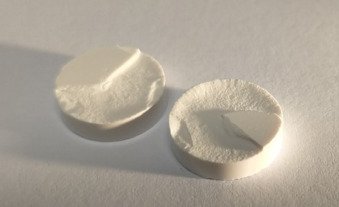
Comments
No comments posted yet.
Add a comment

